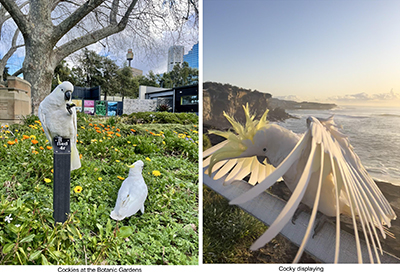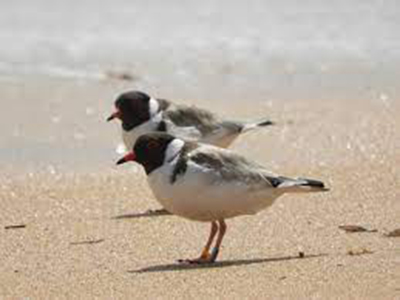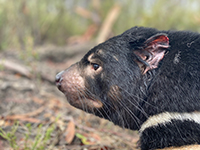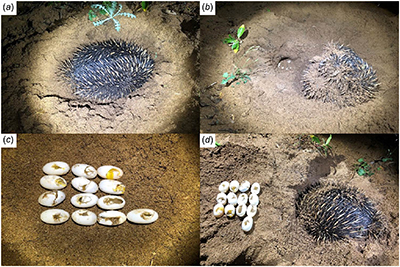Australian Journal of Zoology
Volume 71
Number 4 2023
Animals should be able to predict the arrival of storms in order to better prepare for them and may share this information amongst group members. Storms are often associated with changes in environmental variables such as barometric pressure and relative humidity. We found that sulphur-crested cockatoos emit a ‘rain call’ during periods of bad weather and this call was more common at dawn, during lower temperatures, during periods of high humidity and while it was currently raining. Photograph by Marissa Gillies.
Admissions data from wildlife hospitals are valuable for investigating threats and challenges impacting local wildlife. This study analyses admissions to the Philip Island Wildlife Hospital, and reveals that avian species constitute the majority of admissions, followed by mammals. Overall, 59.1% of admissions resulted in mortality. The findings emphasise the impact of tourism on wildlife populations and the urgent need for targeted conservation strategies on Phillip Island. Photograph by Endangered Species Supporters (2023).
Tasmanian devils are at risk from the transmissible cancer devil facial tumour disease (DFTD) and development of a DFTD oral vaccine bait is underway. Wildlife vaccine baits require inclusion of a bait marker to determine uptake in the field. Our study demonstrated that iophenoxic acid is a useful bait marker for devils, the first marsupial species for which this applies. Photograph by Drew Lee, Save the Tasmanian Devil Program.
The short-beaked echidna (Tachyglossus aculeatus) has been found to be an unlikely predator of freshwater turtle eggs. Egg depredation of the vulnerable Fitzroy River turtle (Rheodytes leukops) and the critically endangered white-throated snapping turtle (Elseya albagula) was recorded during annual freshwater turtle nesting surveys. The egg depredation by the echidna has been recorded across the Fitzroy, Burnett and Mary Catchments. Photograph by Duncan Limpus.









